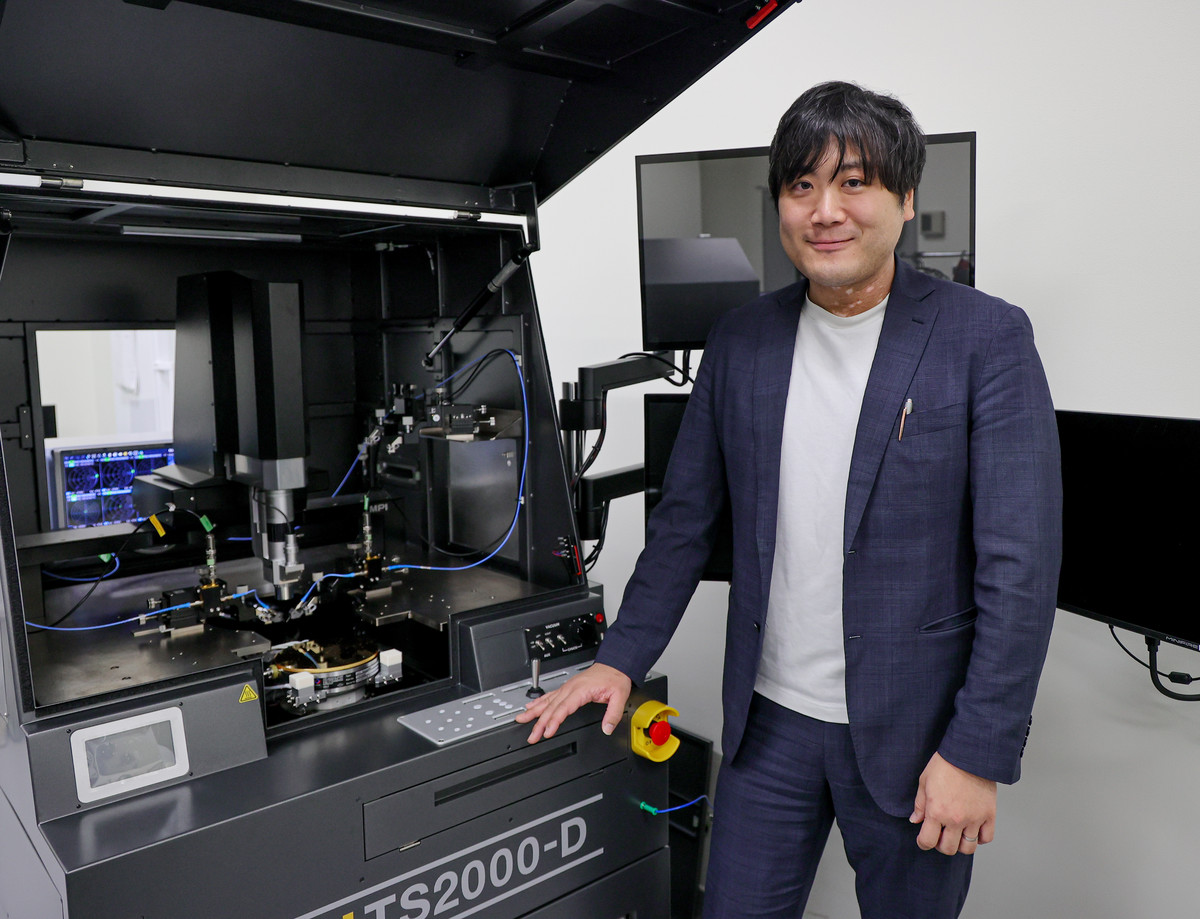14 years on: Diamond chips key to Fukushima plant decommissioning
Sapporo (Jiji Press) — As decommissioning work at the meltdown-stricken Fukushima No. 1 nuclear power plant in northeastern Japan reaches a crucial stage toward removing melted nuclear debris, the spotlight has fallen on diamond semiconductors that can withstand intense nuclear radiation.
Ookuma Diamond Device Co., a startup based in the city of Sapporo in Hokkaido, northernmost Japan, has chosen the decommissioning work as an opportunity for realizing what is believed to be the world’s first practical application of diamond chips.
The company aims to put diamond chips into practical use by fiscal 2026, after beginning construction of a facility to make the chips in the town of Okuma in Fukushima Prefecture, which hosts the Tokyo Electric Power Company Holdings Inc. plant, this month.
“It is our calling to use diamond semiconductors for decommissioning,” Naohisa Hoshikawa, CEO and founder of the startup, said. “We will proceed with resolve.”
Some 880 tons of nuclear debris, a mixture of melted fuel and reactor parts, is estimated to remain in the No. 1 to No. 3 reactors at the plant.
Since work by remote-controlled robots to extract nuclear debris is essential due to high radiation levels at the plant, diamond chips, made with artificial diamonds, are regarded as “ultimate semiconductors” as they can withstand high levels of radiation as well as high voltages and temperatures. Diamond chips are also expected to be used in the future in harsh environments such as space, as well as in electric vehicles.
Hoshikawa was a student at Hokkaido University’s Faculty of Engineering at the time of the March 2011 nuclear meltdown triggered by a massive earthquake and tsunami.
“Nuclear power was a highly admired field of research, but my view of it changed 180 degrees after the accident,” he recalled.
The meltdown remained on his mind even after he became an entrepreneur while enrolled at graduate school.
When Hoshikawa learned that his alma mater was conducting research on utilizing diamond chips for decommissioning, he felt that the decommissioning-related technology could become a “game changer in the chip industry” and that putting it into practical use would be a socially meaningful project.
In 2016, he and Junichi Kaneko, an associate professor at Hokkaido University graduate school and leading researcher in the field, began a project on the practical application of diamond chips. They created a successful prototype of the chip’s electronic components in 2021, and Ookuma Diamond Device was founded the following year.
The company was named after the town of Okuma, with determination to pursue plant decommissioning and regional reconstruction.
Nuclear debris removal is considered the most difficult part of decommissioning, requiring remote-controlled equipment to be exposed to high levels of radiation for a long time. TEPCO’s experimental removal work last November was briefly halted due to equipment failure, believed to be caused by high radiation doses of up to 70 sieverts per hour.
“Diamond semiconductors, which are about 10,000 times better at withstanding nuclear radiation than conventional chips, are crucial for the development of equipment for safe decommissioning, such as measurement devices to be used inside nuclear reactors,” Hoshikawa said.
Diamond semiconductors’ potential goes beyond decommissioning work. The CEO likened the chips to the U.S. Apollo manned lunar landing program, which gave birth to technological innovations affecting everyday life.
“We want to create a prosperous society by utilizing diamond semiconductors, which would be improved through efforts to overcome the challenge of decommissioning, in other fields,” he said.
